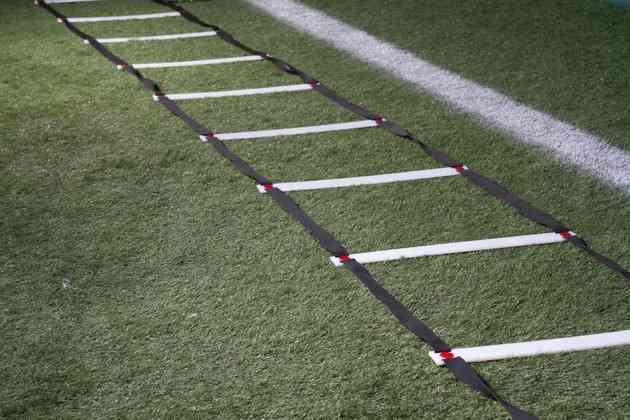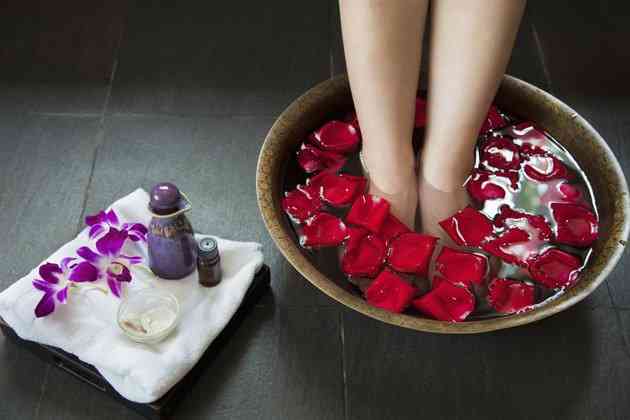Foot Reflexology for Stress Relief

The human body is hard-wired to experience stress, which is nature's way of letting us know we're in potentially hazardous situations. Unfortunately, the intent of this type of stress reaction was to encourage our prehistoric forefathers to flee from sharp-toothed predators and other types of environmental danger, a far cry from the stress inflicted by modern society. However, we still succumb to stress, and overexposure to cortisol and other hormones released during stress can lead to a variety of long-term health problems, ranging from heart disease to depression. Massage techniques such as reflexology are one way to lessen stress.
 There are many nerve endings in the feet. (Image: RossellaApostoli/iStock/Getty Images)
There are many nerve endings in the feet. (Image: RossellaApostoli/iStock/Getty Images)Reflexology
Reflexology is a variety of massage therapy in which pressure is applied to specific areas of the feet. Proponents of reflexology believe these areas contain pressure points that correspond directly to the body's organs and systems; when these parts of the foot are stimulated via strenuous massage, this releases the energy blockage that is thought to be responsible for the pain or disease affected by the corresponding organ of body system.
Stress Relief
In reflexology, the body and soul are divided into the four elements of earth, water, fire and air, with each element related to a specific part of the foot. The ball of the foot is associated with fire, which controls emotions such as fear and anger; reflexologists will typically focus on this area when attempting to alleviate stress. Reflexologists believe long-term stress is damaging to the body's endocrine system, which includes the pancreas, pineal gland and adrenal gland. The adrenal gland, which is triggered during the "fight or flight" response to danger, is associated with a small pea-shaped area beneath the ball of the foot, directly under the big toe. If you're not under much stress, this "pea" will feel like a small bag of sand; if you're under heavy stress, however, it may feel like a hard lump. If you are under a great deal of stress, you may find that manipulation of this area can be quite painful.
Blood Circulation
Although the health claims of reflexology haven't been scientifically proven, some studies have found that reflexology and other types of massage can relieve stress. For example, a study study was published in the October 2009 edition of "Journal of Korean Academy of Nursing," which tried to determine whether reflexology could help premenopausal middle-aged women improve blood circulation. Women performed reflexology on their own feet three times per week for six weeks. At the end of the study, researchers concluded that self-reflexology on one's foot can improve blood circulation and can also effectively decrease perceived stress and fatigue.
Reducing Anxiety
Another study undertaken at Anglia Ruskin University in the U.K., published in "Complementary Therapies in Clinical Practice" in August 2007, examined the effectiveness of reflexology in a hospital or healthcare setting, with some participants undergoing reflexology and a control group receiving no treatment. The research determined that reflexology in this type of setting strongly reduced anxiety. The report ultimately concluded that, given the recognized connection between stress and well-being, the ability of reflexology to lessen stress may prove beneficial for patients.




